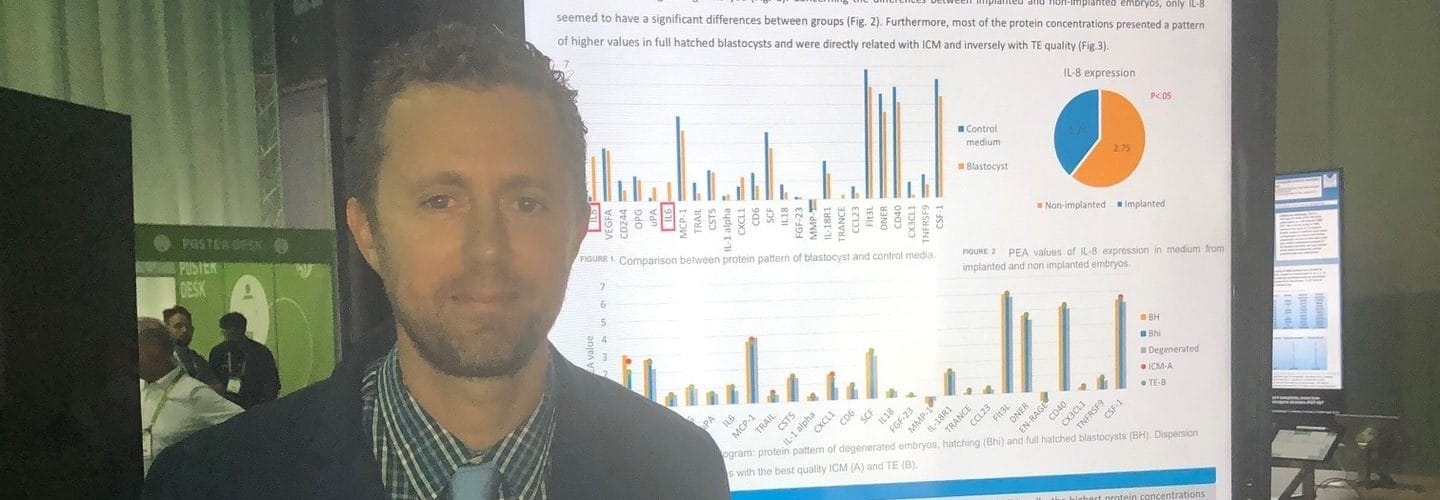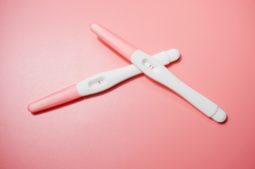
The use of artificial intelligence has provided a massive step forward in the journey to perfecting embryo selection and as a result constantly improving pregnancy results.
At the annual ESHRE meeting We were able to present two new studies both of which relating to analysis of embryo transfer.
The first study carried out at IVI Valencia investigated, “Protein profile of euploid single embryo transfer reveals differential patterns among them”, the study had a sample size of 81 cycles prepared for transfer of a single embryo (Single blastocyst transfer – SET), the proteins from these single embryos where then analysed.
An important factor of the study was to take into account that despite these embryos already being genetically selected not all of them manage to implant. Therefore the idea is to improve the selection process even further by protein analysis. “In this study we used, in part, Artificial Intelligence, along with the images that we obtain from the Embryoscope and the Geri (two models of cinematic incubators), developing a method that combines images with the protein selection method,” said Dr Marcos Meseguer, Head of Research at IVI Valencia.
“We confirmed a significantly high secretion of IL-6 and IL-8 in growing embryos, focusing on the potential of these molecules during development of these embryos. The majority of the protein concentrations presented a pattern of higher values in hatched blastocysts,” he added.
The second of the two studies was also carried out at IVI Valencia, with a sample of 683 embryos from a total of 174 cycles that were performed by means of IVF investigated “High culture media oxidative profile as a biomarker of good quality embryos: a non-invasive tool to select the embryo to transfer”, is based on studying the culture medium with multiple embryo development, in situations in which between 10 and 12 embryos are contained within a single drop. The objective was to analyse whether the oxidative profile could be a good biomarker for determining embryo quality.
According to Dr Meseguer, “we assessed when all of the resulting embryos are cultured together, and detected that there is a different oxidative profile when the embryos are good quality and when there are parameters that cause them not to be viable. We have developed a method for assessing the environment where many embryos are growing. By not developing an individual study, we analysed the oxidation that is generated as a measurable value in the medium in which the embryos are cultured. The more active and the better quality the embryos are, the more oxidation they cause within the culture medium. This indicates that they will be better prepared for being transferred and ensuring a higher success rate in the cycle for the patient. On the contrary, in the classification criteria, the level of oxidative stress decreased in line with a reduction in embryo quality.”
ESHRE is the top European conference on Assisted Reproduction. On this occasion, IVI contributed to 49 of the conclusions met at this years meeting. IVI continues to carry out research all over the world and leads the way on innovation to help more and more couples dreams come true.





Comments are closed here.